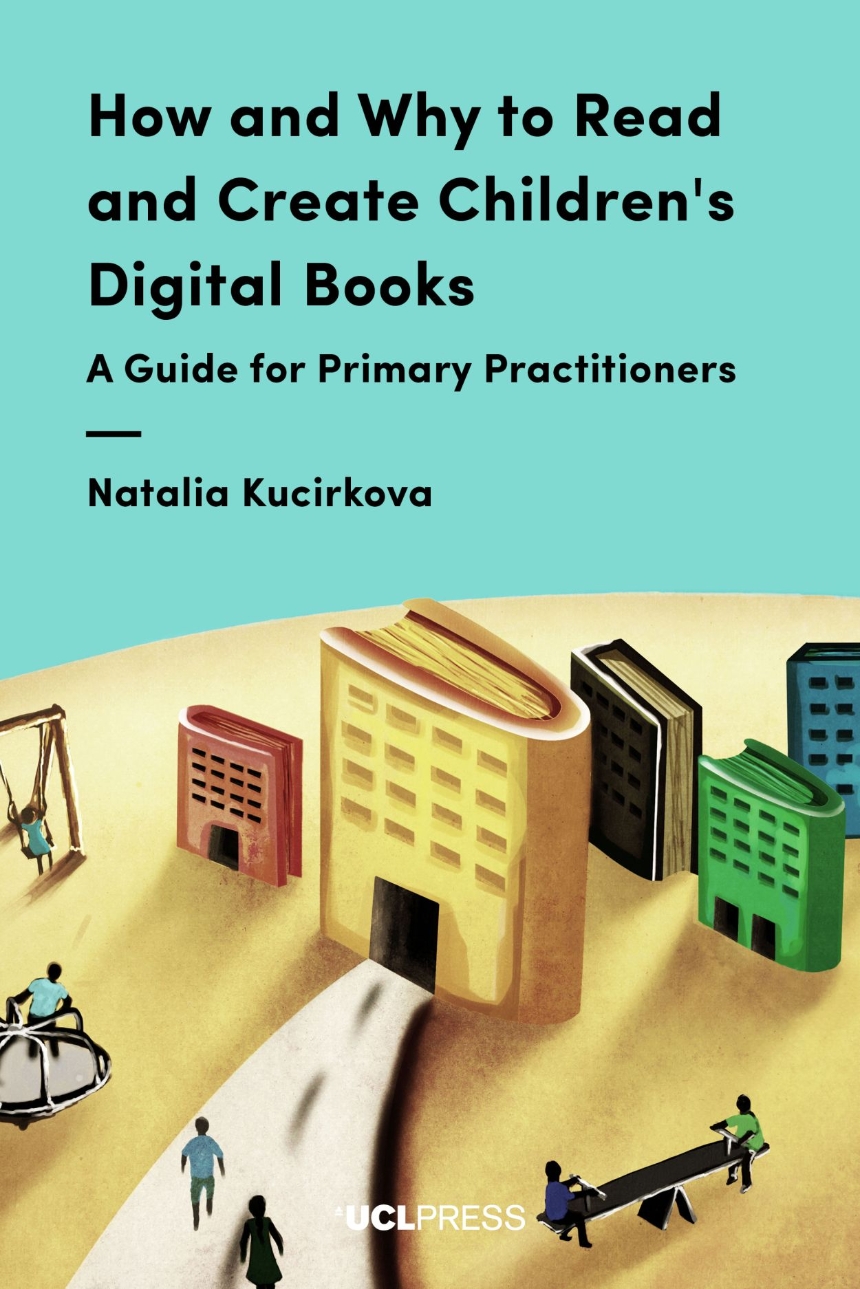How and Why to Read and Create Children’s Digital Books
A Guide for Primary Practitioners
1st Edition
9781787353480
9781787353497
Distributed for UCL Press
How and Why to Read and Create Children’s Digital Books
A Guide for Primary Practitioners
1st Edition
How and Why to Read and Create Children’s Digital Books outlines effective ways of using digital books in early years and primary classrooms, and specifies the educational potential of using digital books and apps in physical spaces and virtual communities. With a particular focus on apps and personalized reading, Natalia Kucirkova combines theory and practice to argue that personalized reading is only truly personalized when it is created or cocreated by reading communities. Part I suggests criteria to evaluate the educational quality of digital books and practical strategies for their use in the classroom. Specific attention is paid to the ways in which digital books can support individual children’s strengths and difficulties, digital literacies, and language and communication skills. Part II explores digital books created by children, caregivers, teachers, and librarians and offers insights into how smart toys can likewise enrich children’s reading for pleasure.
200 pages | 6.14 x 9.21 | © 2018
Free digital open access editions are available to download from UCL Press.
Education: Education--General Studies
Reviews
Table of Contents
"1. Introduction
2. Summary of research on children’s digital books
3. Children’s digital books: where to find them and how to
evaluate them
4. Using digital books to support children’s language
and literacies
5. Using digital books to support individual children
6. Children as authors of digital books
7. Teachers as authors of children’s digital books
8. Parents as authors of children’s digital books
9. Digital libraries and library management systems
10. Innovative approaches to support personalised multimedia
story-making"
2. Summary of research on children’s digital books
3. Children’s digital books: where to find them and how to
evaluate them
4. Using digital books to support children’s language
and literacies
5. Using digital books to support individual children
6. Children as authors of digital books
7. Teachers as authors of children’s digital books
8. Parents as authors of children’s digital books
9. Digital libraries and library management systems
10. Innovative approaches to support personalised multimedia
story-making"

